A colossal cosmic mystery has erupted in our solar system, sending shockwaves through the astronomical community and igniting global intrigue: on September 12, 2025, a massive object unlike anything seen before has converged upon us, challenging our very understanding of celestial phenomena and perhaps hinting at something far more sinister lurking in the depths of space. Dubbed C2025 R2 Swan, this unprecedented visitor possesses a crimson tail stretching wider than five full moons. The question on everyone’s lips: Is this merely a cosmic accident, or is there something deliberate at play?
Thank you for reading this post, don't forget to subscribe!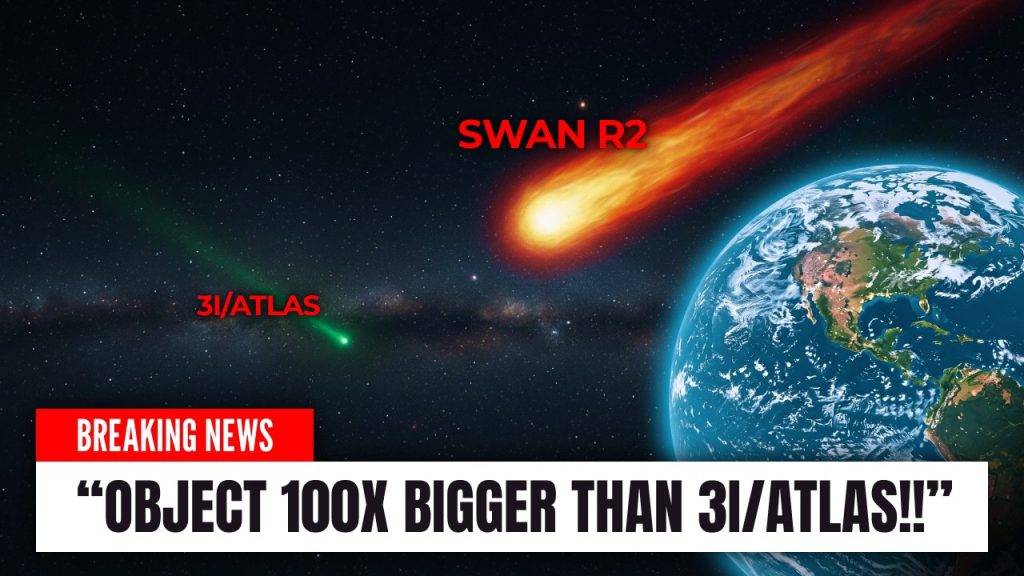
What astronomers initially thought was a magnificent comet—another dazzling spectacle lighting up our night sky—quickly morphed into a spectacle of confusion and uncertainty.
Telescopes quickly revealed surprises that shattered long-held cometary laws, revealing that Swan is not a typical icy wanderer but a mega-sized enigma cloaked in an impossibly vibrant red haze, so enormous that it could engulf the entirety of Earth. With a nucleus measured at nearly 46 kilometers wide—over six times larger than most known comets—and a surrounding cloud measuring a staggering 90,000 kilometers across, the science community is collectively holding its breath.
But the most astonishing revelation? Despite ejecting a constant flood of carbon dioxide at 70 kilograms per second, Swan has no observable tail, a fact that leaves leading experts baffled and raises alarms within the scientific community. Comets, by the laws of celestial physics, should emit particles that scatter light, creating a tail that indicates their presence. Instead, Swan behaves like a ghost, leaving no trace behind. Imagine a calamitous eruption—gas billowing from the surface without a trace. How is this possible?
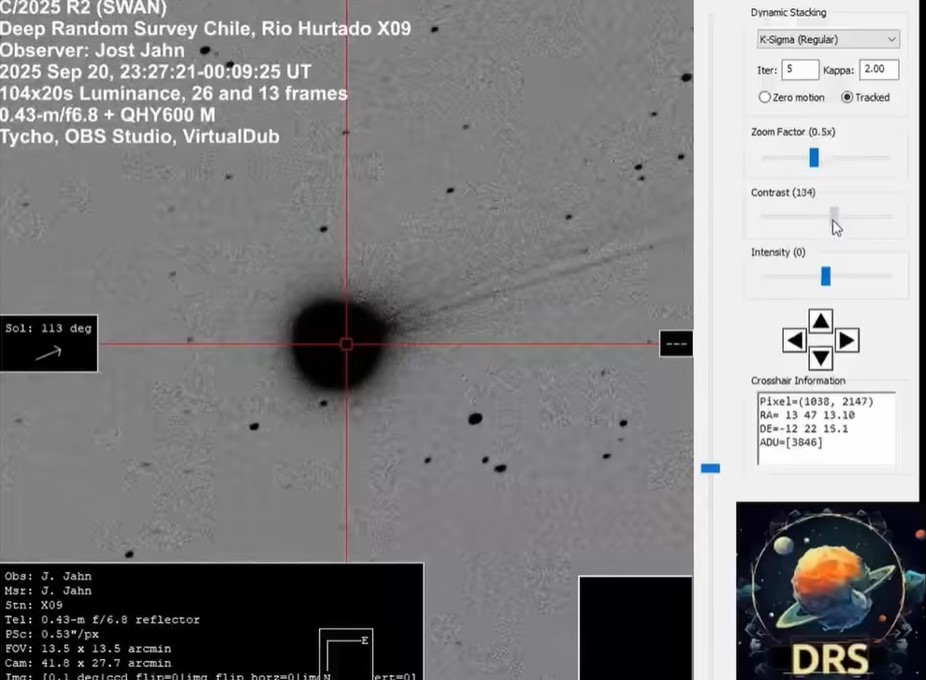
Astronomers are grappling with urgent questions: What is this object? What could possibly be hiding in that ethereal crimson cloak? Observations suggest that Swan’s behavior defies categorization. Its composition is almost entirely carbon dioxide, indicating formation in the frozen depths of a distant, obscured star system. But what does that imply? Are we witnessing merely a fragment of an ancient icy world shattered and lost, or are we peering into the cosmos at something engineered, something that violates every rule of known science?
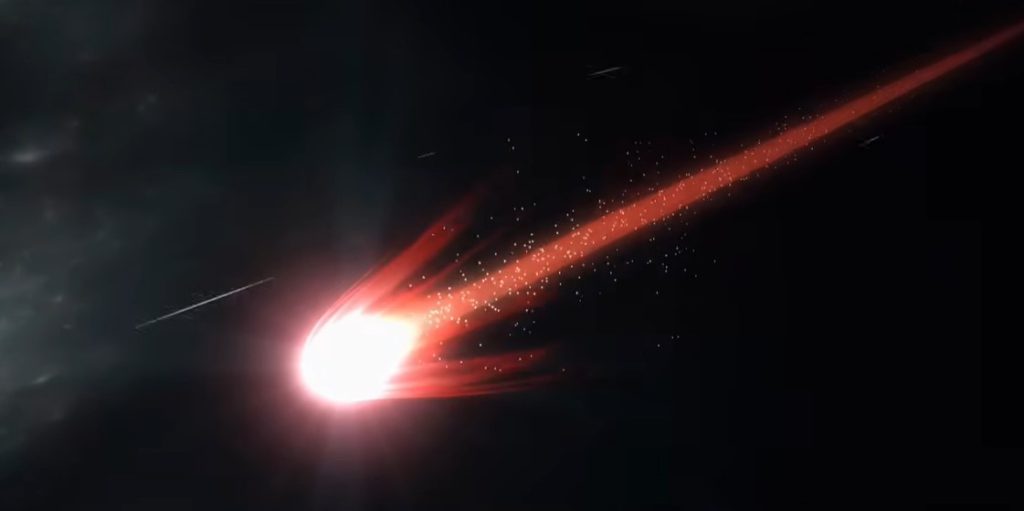
As the light from Swan flickers in and out—initial predictions that it would rival Venus in brightness have devolved into puzzling inconsistencies—the marks it’s leaving on the digital canvases of observatories worldwide are far more enigmatic. Instead of a steady increase in brilliance typical of celestial bodies, Swan’s light fluctuates, creating jagged dips and raising all kinds of alarms. Moreover, signs of fragmentation within its nucleus suggest eerie precision, indicating that rather than simply breaking apart, pieces seem to separate with intent, continuing to vent gas as if each segment possesses its own inexplicable energy.
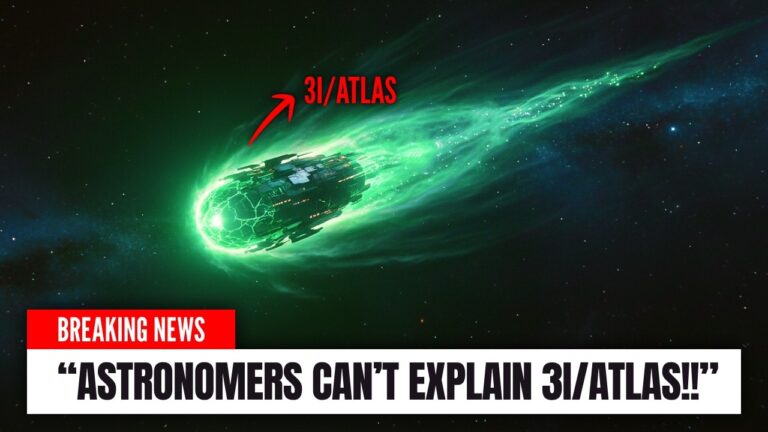
Frustration is palpable in the air as astronomers sift through a deluge of data that seems purposefully misaligned. Questions echo in the hallowed halls of observatories worldwide: Is there a chance something has been deliberately hidden from them? Are agencies withholding vital information about this incredible object, perhaps fearing that the public might panic?
The unfolding drama of C2025 R2 Swan catapults our understanding into existential territory. The truth may be resting precariously on the precipice of known science. If Swan is indeed an interstellar visitor with origins rooted in the chemistry of a distant, unforgiving realm, then it shakes the foundation of celestial law. It harkens back to the unusually similar appearances of interstellar objects Umuamua and Borisov within recent years. What if Swan is merely a precursor, a faint glimmer leading us toward even larger, more intricate narratives swirling just outside our detection?
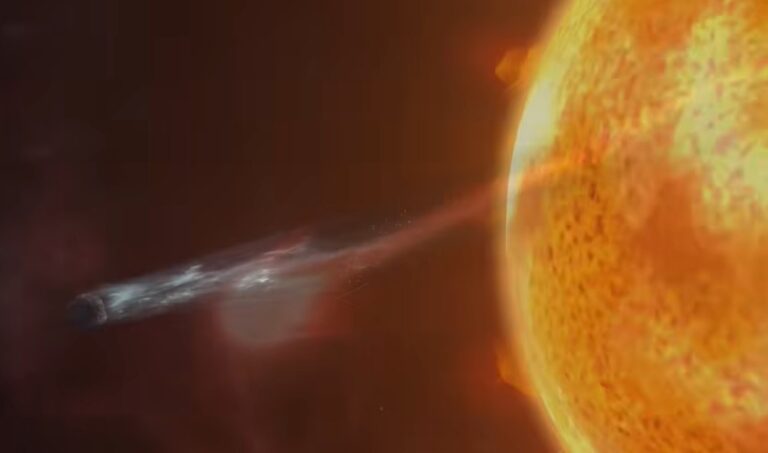
Theories abound with trepidation. Some scientists quietly note patterns that seem too orchestrated to be mere coincidence. What if this is a collective unveiling, a trio of cosmic heralds hinting at a larger significance? And if Swan’s behavior is indeed artificial in origin—a calculated maneuver rather than a chaotic natural event—then what might it be hiding? A concealed entity, an advanced civilization packing itself into a camouflage designed to dupe our instruments, or even something attempting to send us a message that we are yet to understand?
Swan cannot be denied, nor can it simply fade into the astral ether without a moment of deep reflection. Coincidence or something more profound? As this mystery unfolds, its implications resonate far and wide, unsettling our perception of cosmic safety and prompting us to question what could already be upon us—inbound and unannounced.
Though agencies portray Swan as an interstellar body crafted from carbon dioxide, devoid of water and ice, a harmless wonder drifting through the cosmos, skepticism lingers. The very essence of its existence compels us to rethink the fabric of our reality, creating divisions within the scientific community and among everyday spectators. The unending string of mysteries hanging from its crimson shroud seems almost calculated—a deliberate challenge to shrink our understanding of what is possible in the universe.
C2025 R2 Swan pushes boundaries that many thought sacrosanct. As experts dig deeper, unveiling layers of contradictions—too large to ignore and too strange to explain—the clock ticks. Close encounters with the unknown beckon humanity to realize our place in a neighborhood of cosmic wanderers. Brace yourself, for the next cosmic brush could be far more consequential than we have prepared for.
As Swan makes its eerie approach, astronomers and enthusiasts alike are glued to their telescopes, holding their breaths as they dissect every whisper of data tumbling from their charts. The question soon shifts from “What is Swan?” to “What else might be on its way?” And while excitement and fear intermingle, science holds its breath, hoping to comprehend the magnitude of what the universe has in store.
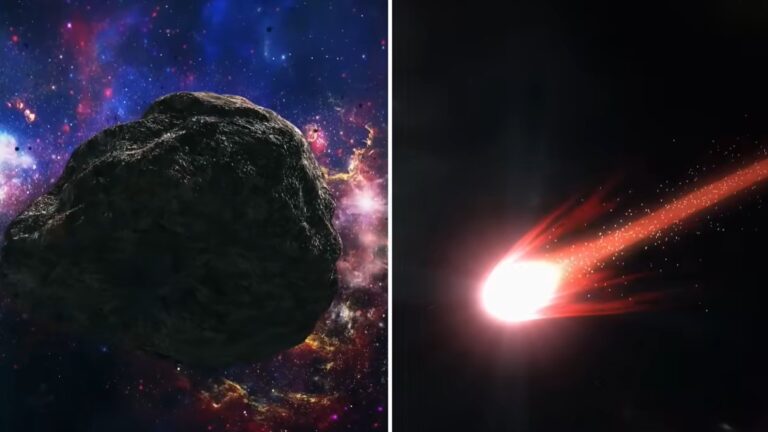
As Swan nears, it may already be too late to answer its silent call. In less than a few months, the mysteries hidden behind its intense glare might fade back into the blackness of space, leaving us questioning if we’ve merely scratched the surface of a much larger story—a narrative weaving through the cosmos, hinting that perhaps we are not alone, or even safe. This unknown could just be the beginning, the foreboding promise of more anomalies lurking just beyond the veil of our understanding. Buckle up, as the remainder of this cosmic riddle unfolds before our very eyes. The sky may be revealing much more than we are prepared to comprehend.
